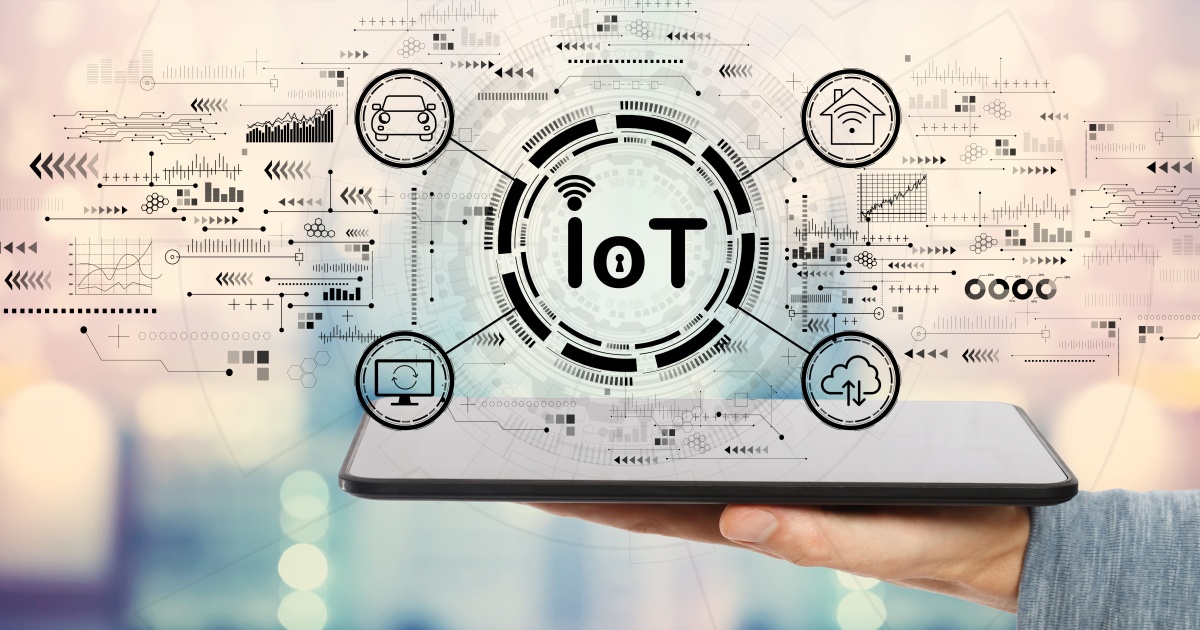Related Articles
ICYMI: Some of the Latest Exciting Developments in IoT
We've compiled several Internet of Things (IoT) stories that will benefit readers interested in smart infrastructure analytics, high-speed satellite I…
Read MoreWith Investment from Accenture Ventures, Sanctuary AI Continues Development of Impressive, AI-Powered Human Robotics
Accenture Ventures made a strategic investment in Sanctuary AI as more of the latter's developments involving AI control system "Carbon" and human-lik…
Read MoreUpstream Security Receives Supportive Boost from Cisco Investments
Cisco Investments has reportedly invested in Upstream Security, an XDR solutions provider for connected vehicles and general IoT.
Read MoreSEALSQ's 'INeS' PKI-as-a-Service Platform Selected by D-Link for Matter-compliant IoT
Last month, D-Link officially selected SEALSQ's PKI-as-a-Service solution (dubbed "INeS") to provide Node Attestation Certificates for D-Link's MS30-N…
Read MoreVariscite-SecEdge Collab Empowers IoT Customers with Easy-to-Implement Device Security Solutions
Variscite and SecEdge are building an expanded collaboration to provide increasingly dependable chip-to-cloud, standards-compliant security solutions …
Read More




